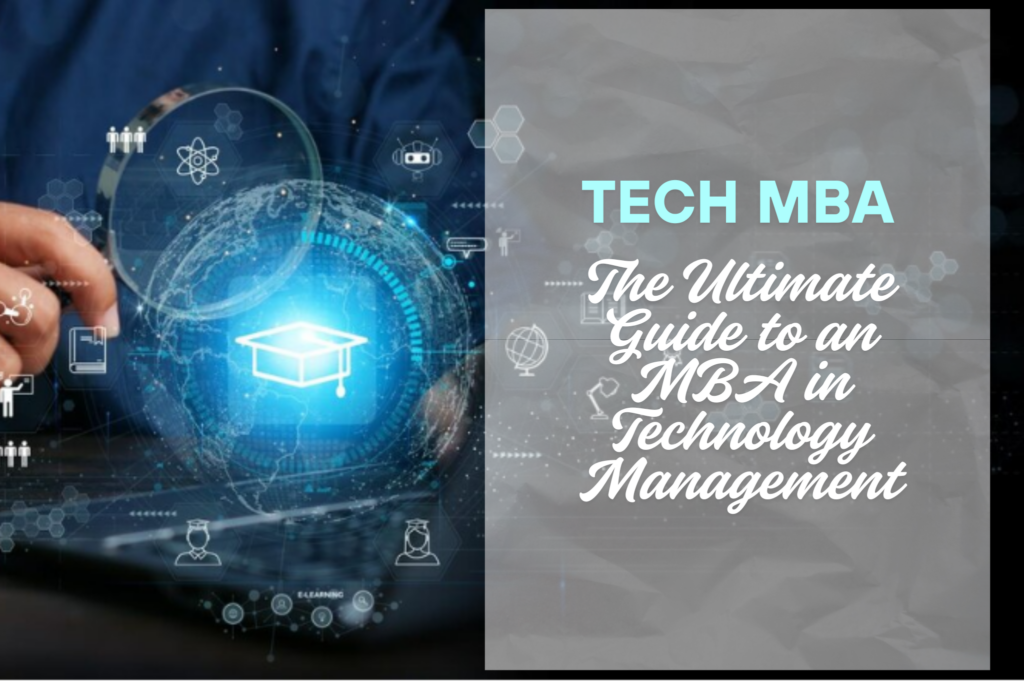New Product Idea –A Watch for Blind People…Almost
New Product Idea–A Watch for Blind People…Almost
One of the participants in my course on Customer Connect & Market Research Techniques that I teach for the Institute of Product Leadership shared this great article about how products can benefit from user feedback.
It is a first person account of Hyungsoo Kim, founder and CEO of eone timepieces. Kim starts off narrating how he got introduced to the problem.
When I was a graduate student at MIT, I sat next to a classmate who is visually impaired. He would whisper to me to ask the time, even though he wore a watch — which prompted me to wonder how the blind tell time.
He realized that we are surrounded by displays of time through various appliances and gadgets, but they all require looking at them to be able to tell the time. How can you tell time without using eye sight?
Kim was inspired to solve this problem. In the article, he goes through the entire account of the journey from concept through prototype to Kickstarter. The Kickstarter page and the storytelling through videos is impressive.
I am going to summarize a few key takeaways from this article which I thought were important.
It is a first person account of Hyungsoo Kim, founder and CEO of eone timepieces. Kim starts off narrating how he got introduced to the problem.
When I was a graduate student at MIT, I sat next to a classmate who is visually impaired. He would whisper to me to ask the time, even though he wore a watch — which prompted me to wonder how the blind tell time.
He realized that we are surrounded by displays of time through various appliances and gadgets, but they all require looking at them to be able to tell the time. How can you tell time without using eye sight?
Kim was inspired to solve this problem. In the article, he goes through the entire account of the journey from concept through prototype to Kickstarter. The Kickstarter page and the storytelling through videos is impressive.
I am going to summarize a few key takeaways from this article which I thought were important.
1. Prototyping –The More the Merrier
Prototyping is a very good way to get people to put their arms around a product concept. It engages them effectively and they are able to provide meaningful feedback. My friend, Vinay Dabholkar, talks about innovation capacity of an organization being directly correlated to the speed of experimentation and prototyping, the idea being that failed experiments and prototypes also contribute to significant learning.
In the case of Kim, the team went through many iterations. The very first proof-of-concept prototype was built using Legos! In later prototypes, they were able to integrate sturdy Swiss timepiece movements to ensure the prototype kept precise time. It was more than a year before the team contacted a watch manufacturer to create a prototype that was closer to what the actual watch would look like. The team went through 15 iterations, in less than two years.
Some key product decisions also came out of user testing with prototypes, such as which indicator, minute or hour, should remain on the face of the watch and which should move to the side.
In the case of Kim, the team went through many iterations. The very first proof-of-concept prototype was built using Legos! In later prototypes, they were able to integrate sturdy Swiss timepiece movements to ensure the prototype kept precise time. It was more than a year before the team contacted a watch manufacturer to create a prototype that was closer to what the actual watch would look like. The team went through 15 iterations, in less than two years.
Some key product decisions also came out of user testing with prototypes, such as which indicator, minute or hour, should remain on the face of the watch and which should move to the side.
2. User Testing – Selecting the Right Audience to Engage Right
Kim identified organizations that serve the blind and visually impaired and attended their member meetings. However he realized that this was not an efficient way to gather feedback because he only had limited prototypes and too many members to try them. So he decided to meet with users one by one at their homes and businesses. This was much more useful as the users did not have to rush their experience and feedback about the product.
This is the best way to engage with users. It creates an intimate setting, and you get to observe people using your product in their environment, the same environment that they would typically use it in. You get valuable time understanding their environment, which would otherwise be difficult.
This is the best way to engage with users. It creates an intimate setting, and you get to observe people using your product in their environment, the same environment that they would typically use it in. You get valuable time understanding their environment, which would otherwise be difficult.
3. Allow Yourself to be Surprised
Kim says that the biggest thing they learnt was something they did not expect. They identified unique needs of users they did not realize existed. Blind and visually impaired people are as concerned with fashion and style as they are with function.
When we go in with an open mind without any hypotheses, we allow ourselves to be surprised. We are more open to picking up subtle signals and points of feedback. Kim’s initial hypotheses was that his target users would only care about how accurately the watch worked. But in his experience, in almost every meeting with a visually impaired person, the first questions were about the look, material, color and size of the watch. His users were equally concerned about their feelings and desires about the product. Even though they couldn’t see the product, they would be seen with the product, and that mattered to them.
When we go in with an open mind without any hypotheses, we allow ourselves to be surprised. We are more open to picking up subtle signals and points of feedback. Kim’s initial hypotheses was that his target users would only care about how accurately the watch worked. But in his experience, in almost every meeting with a visually impaired person, the first questions were about the look, material, color and size of the watch. His users were equally concerned about their feelings and desires about the product. Even though they couldn’t see the product, they would be seen with the product, and that mattered to them.
4. Positioning
Kim narrates the story of a woman who wanted to get a fashionable watch for her blind son. But he refused to wear the prototype watch because he did not want a watch that was made specifically for the blind, no matter how convenient the technology.
In conversations with people who are visually impaired, we were surprised to hear this feedback again and again. They want to wear a watch that everyone else is wearing, not one specifically designed for someone with a disability. A product designed “for the blind” would accentuate the barriers and differences between the blind and the sighted.
This was a huge eye opener for Kim, pun unintended. This is possibly a matter of self-respect. People with disabilities do not like to be treated separately for their disability. They know they are challenged, but they want parity. They want to prove that they can overcome the odds. This sentiment is also echoed by Bradley Snyder, ex Naval officer, who lost his eyesight in an explosion in Afghanistan in 2011, and after whom the watch is named. Bradley won gold and silver medals in swimming at the 2012 Paralympics in London.
I’m going to show people that
I’m not going to let this beat me.
I’m not going to let blindness
Build a brick wall around me.
I am going to find a way forward.
-Brad Snyder
I am also reminded of Al Pacino’s character in “Scent of a Woman”, that of a retired Lt. Col. who had lost his eye sight. He had his way in doing everything that people with vision can do – dance a Tango with a beautiful woman and even drive a Ferrari.
Now, imagine the initial positioning in Kim’s mind:
For people with visual impairment,
we make a watch,
that allows them to tell the time by touch without having to rely on eye sight.
Unlike regular watches, our watch is designed specifically for people with visual impairment.
Kim and his team pivoted around this and instead decided to make a fashion accessory for people who, for whatever reason, could not look at their watch to tell the time. This made it a very inclusive positioning statement:
For people who love fashionable watches,
we make an innovative watch
that tells time through touch.
Unlike regular watches which in many situations you cannot look at to tell time, you do not need to look at our watch and still know the time accurately.
As Kim says, they stopped designing a watch for the blind.
What do you think? Any other takeaways?
In conversations with people who are visually impaired, we were surprised to hear this feedback again and again. They want to wear a watch that everyone else is wearing, not one specifically designed for someone with a disability. A product designed “for the blind” would accentuate the barriers and differences between the blind and the sighted.
This was a huge eye opener for Kim, pun unintended. This is possibly a matter of self-respect. People with disabilities do not like to be treated separately for their disability. They know they are challenged, but they want parity. They want to prove that they can overcome the odds. This sentiment is also echoed by Bradley Snyder, ex Naval officer, who lost his eyesight in an explosion in Afghanistan in 2011, and after whom the watch is named. Bradley won gold and silver medals in swimming at the 2012 Paralympics in London.
I’m going to show people that
I’m not going to let this beat me.
I’m not going to let blindness
Build a brick wall around me.
I am going to find a way forward.
-Brad Snyder
I am also reminded of Al Pacino’s character in “Scent of a Woman”, that of a retired Lt. Col. who had lost his eye sight. He had his way in doing everything that people with vision can do – dance a Tango with a beautiful woman and even drive a Ferrari.
Now, imagine the initial positioning in Kim’s mind:
For people with visual impairment,
we make a watch,
that allows them to tell the time by touch without having to rely on eye sight.
Unlike regular watches, our watch is designed specifically for people with visual impairment.
Kim and his team pivoted around this and instead decided to make a fashion accessory for people who, for whatever reason, could not look at their watch to tell the time. This made it a very inclusive positioning statement:
For people who love fashionable watches,
we make an innovative watch
that tells time through touch.
Unlike regular watches which in many situations you cannot look at to tell time, you do not need to look at our watch and still know the time accurately.
As Kim says, they stopped designing a watch for the blind.
What do you think? Any other takeaways?
Facebook
Twitter
LinkedIn
Trending Posts
Tagged blogs




